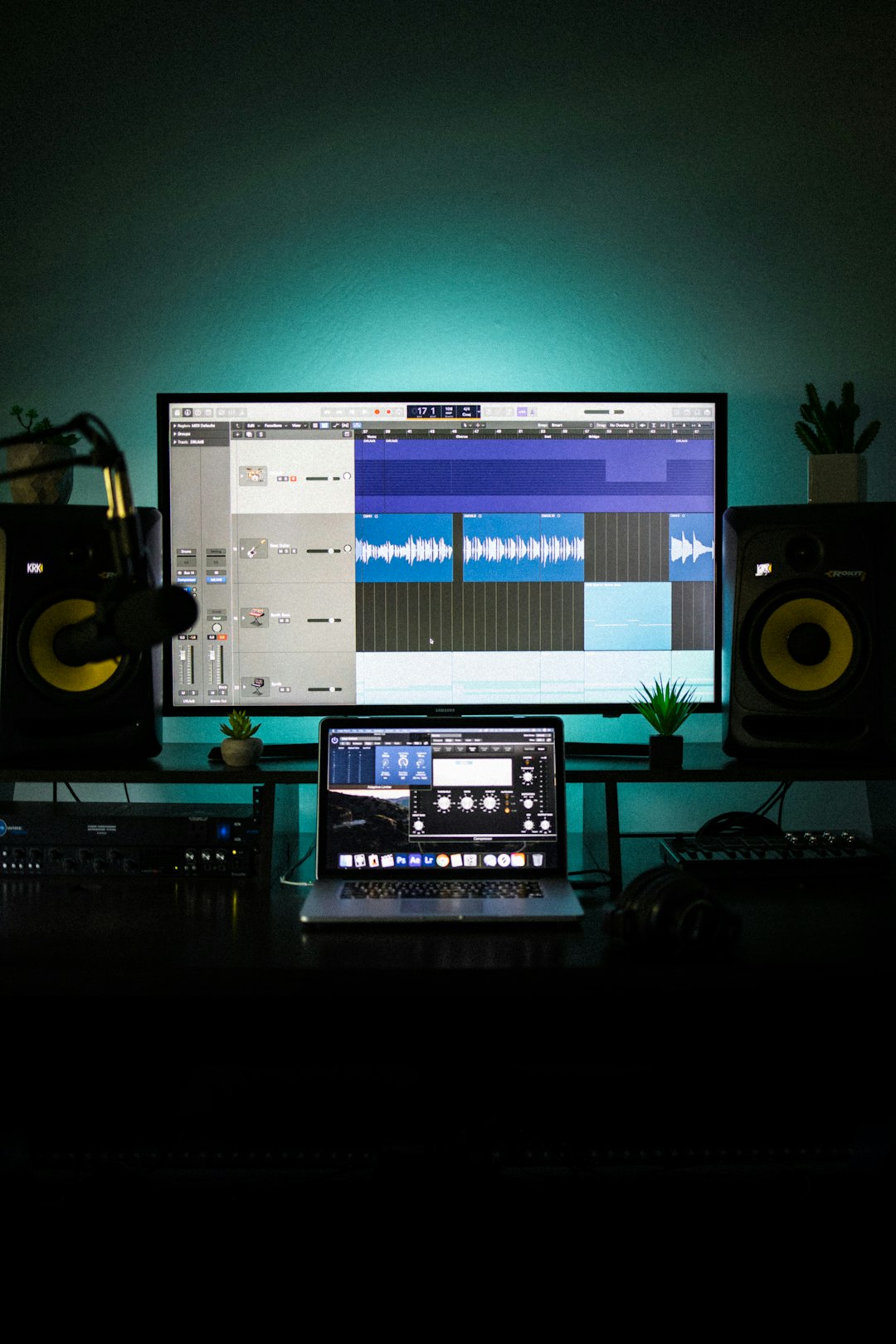So you’ve found an awesome collection of sound samples online—but they’re in a ZIP archive. Inside, you discover they aren’t ready-to-use SoundFont (.sf2) files, but rather folders of WAVs or SFZ files. If you’re new to sound design or music production, you might be scratching your head and wondering how to turn that ZIP file into a usable SF2 soundbank. Don’t worry—we’ve got you covered.
In this guide, we’ll walk through beginner-friendly hacks to convert ZIP archives to SF2 files. Whether you want to use them in your digital audio workstation (DAW) or share custom sounds, you’ll learn useful shortcuts and tools to get the job done quickly and effectively.
Contents of Post
Understanding the File Types: What’s a ZIP and What’s an SF2?
Before diving into conversions, let’s break down what these formats actually are:
- ZIP: A ZIP file is a compressed archive that can contain any type of file, including sound files like WAV, AIFF, or SFZ. It’s used for efficient sharing and storage.
- SF2 (SoundFont 2): This is a file format used for sound sample libraries. It allows you to package multiple instruments and samples into a single file, which can then be loaded in software synthesizers.
To go from a ZIP to an SF2, you’ll usually need to extract the contents, organize them, and then use software to compile them into a SoundFont. Let’s take a look at how to do that step-by-step.
Step 1: Extracting Your ZIP File
The first and easiest step is to extract the ZIP archive.
- Right-click on the ZIP file.
- Select “Extract All” (Windows) or use Archive Utility (Mac).
- Choose a destination folder where you’d like to store the extracted files.
Once you extract the ZIP, you’ll likely see a bunch of WAV files, possibly accompanied by an SFZ file or a folder structure representing instrument mappings. These are your raw materials.
Step 2: Review the File Contents
Before jumping into conversion, take a moment to understand what’s inside:
- WAV or AIFF Files: These are the individual sound samples.
- SFZ File: A script that defines how to map the WAV files to different keys, velocities, etc.
If there’s no SFZ file, no problem—you can manually create mappings in a SoundFont editor. But if you do have an SFZ file, some tools can import them directly into an SF2 format.

Step 3: Choose the Right Software
Here are three popular and beginner-friendly tools to convert your files:
- Polyphone SoundFont Editor (Free): A powerful and approachable tool for creating and editing SF2 files. Available for Windows, macOS, and Linux.
- Awave Studio (Paid): Great for batch converting many file types, including SFZ to SF2. It has a trial version to test first.
- Sforzando + Polyphone: Use Sforzando to test SFZ mappings, then recreate mappings manually in Polyphone for SF2 output.
Pro Tip: Start with Polyphone—it’s widely used for SoundFont creation and has tons of tutorials for beginners.
Step 4: Creating an SF2 in Polyphone
Here’s a quick guide to turning your WAV collection into an .sf2 file using Polyphone:
- Open Polyphone and select “New Project”.
- In the Samples section, click Import and select your WAV files.
- Go to the Instruments tab, create a new instrument, and map each WAV file to its correct pitch.
- Optionally, add envelopes, filters, or modulation settings.
- Move to the Presets section to assemble your instrument(s) under a bank.
- Save the project as an SF2 file via File → Export → SoundFont.
It might sound like a lot, but Polyphone’s drag-and-drop interface really simplifies the process, making it easy for beginners to get going.
Quick and Dirty Hack: Convert SFZ (if available)
If your ZIP archive contains an .sfz file, you might be able to shortcut the process.
- Open Awave Studio if you have access.
- Import the SFZ file.
- Select “Save As SoundFont 2 (.sf2)” in the export option.
This hack is ideal for those who don’t want to manually recreate mappings. It won’t always be perfect, especially with complex SFZ files, but it’s a handy shortcut.
Alternative Method: Use Online Converters (With Caution)
Some websites claim to offer SFZ or WAV to SF2 conversion online. While fast, these methods come with risks:
- Security: Uploading files to unknown sites may expose you to malware or data theft.
- Quality: Auto-conversion might not map samples properly, leading to poor sound quality.
Use them only if you trust the source and have a backup of the original files. It’s better to use an offline tool like Polyphone where you have full control.

Common Pitfalls to Avoid
Beginners often hit a few snags. Here’s what to watch out for:
- Wrong File Paths: Make sure sample paths are correct inside your software directory to avoid “missing file” errors.
- Unsupported Sample Rates: Polyphone prefers 44.1kHz or 48kHz WAV files. Convert others using Audacity or similar tools.
- Too Many Layers: Simpler mappings are more manageable when starting out. Start with one sample per note, then get more advanced.
Tips for Better SoundFonts
Once you’ve got your first working .sf2 file, you might want to polish things a bit. Here are some bonus tips:
- Use clean, high-quality WAV files for best results.
- Normalize volume levels before importing your samples.
- Create multi-sample instruments for richness—use different samples for different velocities if available.
With just a little effort, you can make truly professional soundbanks even as a beginner.
Where to Use Your SF2 Files
Once your SF2 is ready, you can load it into almost any DAW or software synthesizer that supports the format. Examples include:
- FL Studio (via Fruity SoundFont Player)
- LMMS (built-in SF2 Player)
- Kontakt (with SF2-similar importing)
- Sforzando or other SoundFont VSTi plugins
Experiment with layering, filtering, and sequencing your new instrument. You’ll be amazed how far you can go with just a ZIP file and a few pieces of free software.
Final Thoughts
Converting ZIP to SF2 doesn’t have to be a complicated process. With a little patience and the right tools, you can turn any folder of samples into a playable virtual instrument. By learning just the basics of how to map samples and export a soundbank, you’re opening the door to limitless sound design opportunities.
As you explore and create, remember: every professional was once a beginner. The more you practice building SF2 files, the more powerful and expressive your musical tools will become. So go ahead—unzip, convert, and create away!
Happy sampling!

